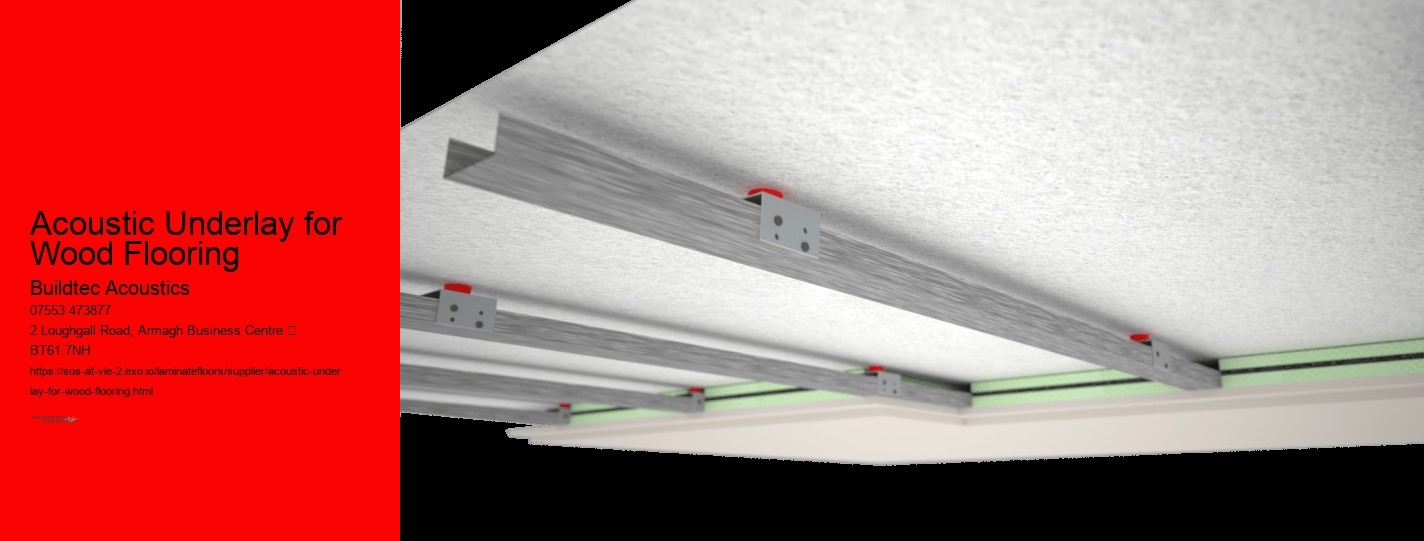By utilizing high mass density materials, such as crumb rubber and cork, acoustic underlays offer efficient energy use through noise control, reducing the impact of sound on occupants in adjacent rooms or units.
Acoustic Underlay for Wood Flooring - tile
- cushion
- do it yourself
- laminate flooring
- heat transfer
- energy transformation
- Sound transmission class
- room acoustics
- foam
Acoustic Underlay for Wood Flooring - room
- room
- building insulation
- acoustics
- furniture
- adhesive
- chord
- semi-detached house
For example, Tecsound underlays are often used beneath concrete or screed subfloors to provide effective soundproofing against vibration and noise. Environmental considerations are a key aspect of acoustic underlay design. Including acoustic underlays in renovation projects also helps ensure compliance with building insulation standards and soundproofing regulations, providing peace of mind to homeowners and builders. room
The choice of acoustic underlay depends on the type of noise that needs to be managed. These underlays act as a cushion that reduces the transmission of vibrations and sound through the floor. tile They are installed beneath the visible flooring material, meaning that the desired flooring-whether it is elegant hardwood, practical laminate, or cozy carpet-remains unaltered.
Acoustic Underlay for Wood Flooring - room
- vibration
- mat
- ceiling
Acoustic underlays are compatible with various flooring materials, including tiles, carpet, and wood. Acoustic underlays are versatile and suitable for use in a variety of settings, from residential homes to commercial spaces such as offices or retail environments. For example, underlays installed beneath medium-density fibreboard (MDF) or gypsum drywall can help absorb vibrations and reduce unwanted sound transmission.
symphony
